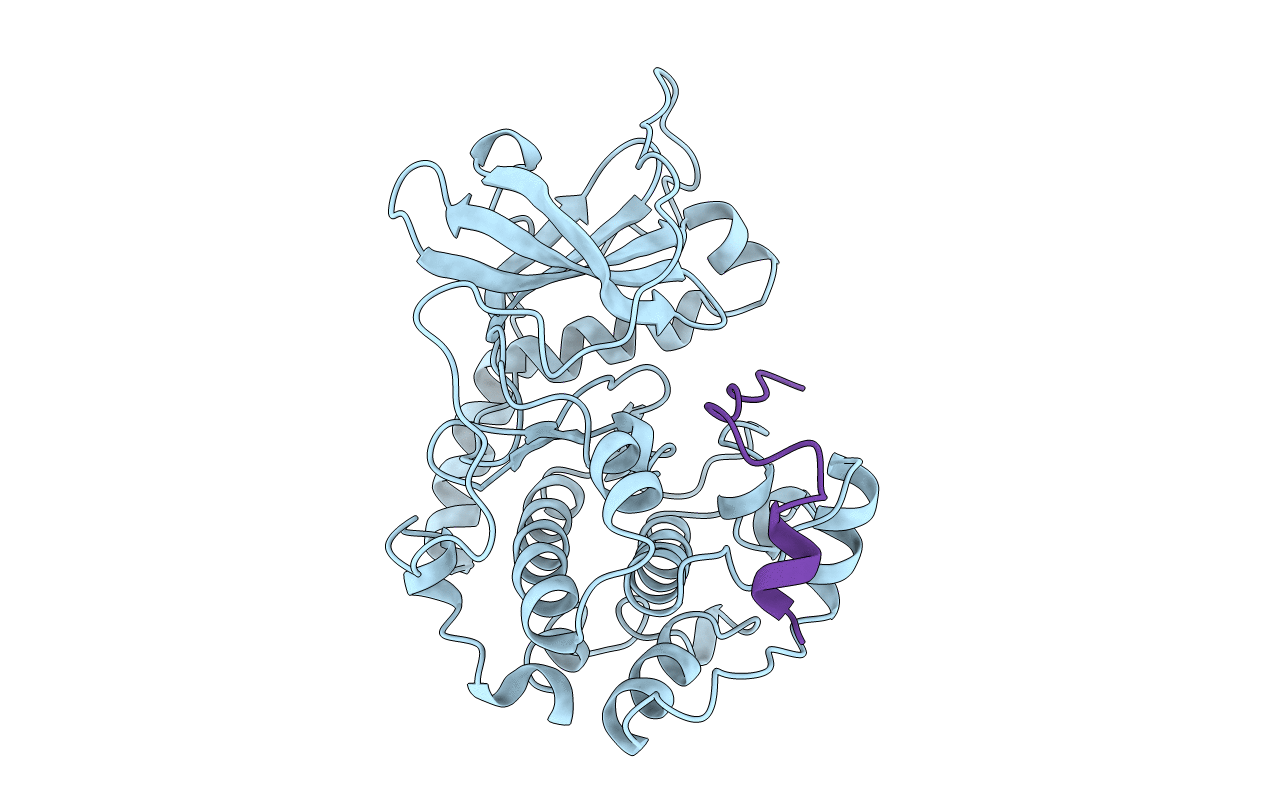
Deposition Date
1992-10-21
Release Date
1993-01-15
Last Version Date
2024-10-23
Entry Detail
PDB ID:
2CPK
Keywords:
Title:
CRYSTAL STRUCTURE OF THE CATALYTIC SUBUNIT OF CYCLIC ADENOSINE MONOPHOSPHATE-DEPENDENT PROTEIN KINASE
Biological Source:
Source Organism:
Mus musculus (Taxon ID: 10090)
Method Details:
Experimental Method:
Resolution:
2.70 Å
R-Value Work:
0.18
Space Group:
P 21 21 21


